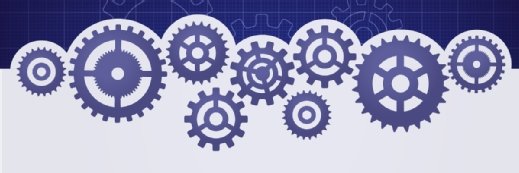
Petya Petrova - Fotolia
Software engineering limited by lack of full automation
The continuous deployment part of the software development lifecycle appears to be velocity-limiting
A survey by Coleman Parkes for Harness has found that the use of artificial intelligence (AI) in software development is on the rise, but there are gaps, which implies that more AI and automation could be deployed.
The survey results, published in Harness’s State of AI in software engineering 2025 report, show that the majority of software development teams believe software delivery will be dominated by AI agents working alongside human engineers within five years.
Almost two-thirds of respondents said they are using AI for code generation, 60% have used AI for documentation, and 57% are using AI for quality assurance and testing. Other areas of software development currently supported by AI were found to include error remediation (55%), security compliance (54%), and performance and cost optimisation (53%).
Areas where the software developers polled are seeing improvements from using AI include the speed of code creation (51%), faster testing and quality assurance (45%), and developer onboarding time (43%).
The survey found that, on average, organisations use eight to 10 distinct AI tools for software development. Some are using far larger numbers of tools, which suggests there is a risk of AI tool sprawl, introducing complexity that could lengthen the time it takes to get new members of the software development engineering team fully onboard.
Harness noted that tool sprawl and vibe coding can amplify operational risk. It warned that fragmented toolchains and inexperienced developers utilising AI assistants are creating governance challenges, increasing incidents and incurring hidden costs. It recommended that IT leaders consolidate tools into a unified platform and establish AI-powered guardrails to reduce complexity and keep teams focused on innovation.
According to the Harness study, organisations have high AI use for coding, but immature testing, deployment and governance. Harness recommended that IT leaders pair AI coding assistants with automated testing, deployment verification and security checks to prevent risk, cost overruns and manual toil.
The poll suggests that automation maturity is the main barrier, limiting the speed with which software engineering teams can deliver software. The biggest performance gap is not in code creation, but in delivery. According to the Harness survey, continuous delivery (CD) and governance remain under-automated.
The speed boost from AI-assisted coding is creating a pressure wave that is crashing against a wall of under-automated, legacy downstream processes. While developers are writing code faster than ever, the systems meant to test, secure and deploy that code are struggling to keep up. Only 6% of the IT professionals surveyed said their organisation’s CD processes are fully automated. This has led to the emergence of what Harness calls an AI velocity paradox.
For organisations with less than a quarter of their CD workflows automated, only 26% have seen an increase in the frequency at which code is shipped to production from their use of AI coding tools. This jumps to 57% in those that have between one and three-quarters of CD processes automated. According to Harness, moving from low to moderate automation in CD, therefore, more than doubles the likelihood that organisations will see a velocity gain from AI coding tools.
Harness recommends that IT leaders invest in downstream automation to translate AI-driven code velocity into business velocity.
Read more about AI in coding
- GDS publishes guidance on AI coding assistants: Government software engineers are being encouraged to use tools such as GitHub Copilot to speed up software development.
- AI coding tools push production problems: Recent reports show that AI-generated code adds instability and vulnerabilities in production, but auto-remediation tools face persistent organisational friction.









